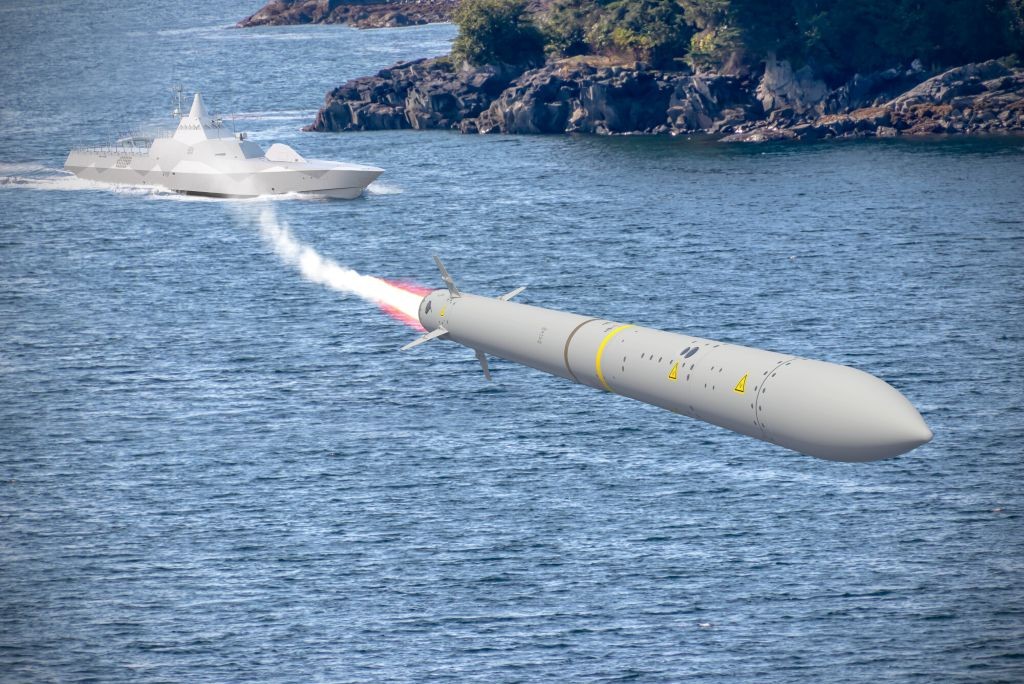Development of an Online Counter-UAS Marketplace
Overview of the Task Force’s Initiative
Led by the Army, a specialized task force is in the process of establishing an online marketplace tailored for commanders of military installations and officials from agencies like the FBI and the Department of Homeland Security. This platform is designed to facilitate the procurement of rigorously tested and validated components for constructing systems aimed at countering small unmanned aerial systems (UAS).
Addressing Gaps in Acquisition
Currently, a plethora of sensors, weaponry, and other counter-UAS equipment exists within the industry, yet no central ordering mechanism is available. Brig. Gen. Matt Ross, commander of Joint Interagency Task Force 401 (JIATF 401), emphasized that this marketplace will streamline procurement processes, enabling agencies to assemble solutions aligned with their specific operational needs.
“We aim to ensure an integrated framework within the department that allows vendors to introduce their technologies, which can then be rigorously tested and assessed, giving us actionable feedback to tackle the most pressing issues,” Ross conveyed.
Upcoming Counter-UAS Summit and Testing
Though a launch date for the marketplace has yet to be specified, the task force is organizing a counter-UAS summit scheduled for later this month. This event will convene subject-matter experts to delve into policy, scientific advancements, operational tactics, and intelligence collection concerning a national counter-UAS strategy.
Beyond creating the marketplace, JIATF 401 is also engaged in testing novel components while formulating policy and guidelines for the deployment of counter-UAS solutions domestically, including at military installations and along the U.S.-Mexico border.
Evolving Threat Landscape
Traditionally, the Defense Department has concentrated on safeguarding service members stationed abroad, where small drone incursions have become increasingly common. However, systems that are effective for remote operations in theaters like Iraq and Syria do not directly translate to domestic environments.
“If we were to deploy a counter-UAS solution surrounding critical infrastructure in the U.S., employing explosive warheads would be inadvisable,” Ross noted. “An electronic jammer would be far more suitable. Should engagement become necessary, any ordinance used should ideally minimize collateral damage.”
The task force is scrutinizing various classifications of UAS threats. While the United States has robust capabilities to neutralize Group 3 UAS—larger drones capable of delivering munitions or conducting reconnaissance—the consistent threat posed by smaller drones (Groups 1 and 2, generally under 55 pounds) is prompting the Department to allocate more focus to devising countermeasures against them.
Financial Considerations
Currently, the task force does not possess a dedicated budget. However, Ross anticipates funding to emerge from a combination of operations and maintenance, research and development, testing and evaluation, and procurement streams.
“My principal metric for success is delivering cutting-edge counter-UAS capabilities to military personnel, both domestically and internationally,” he stated. “Thus, procurement will be paramount, especially in the short term.”
Additionally, JIATF 401 will play a critical role in rigorously testing and evaluating systems prior to their inclusion in the marketplace, complementing existing counter-UAS exercises conducted by military services.
Standardizing Evaluation Criteria
In a bid to enhance operational capabilities, the task force aims to facilitate a comparative evaluation of systems. Ross explained, “If a vendor displays capabilities in November 2025, and a comparable system undergoes assessment in March 2026, we should conduct a relative analysis between the two evaluations. Currently, such comparisons are hindered by inconsistent measurement of performance attributes across the department. Our aim is to implement a more synchronized evaluation framework.”
This initiative intends to bolster capabilities against evolving UAS threats, reinforcing the commitment of the U.S. defense apparatus to maintain superiority in this critical dimension of national security.





